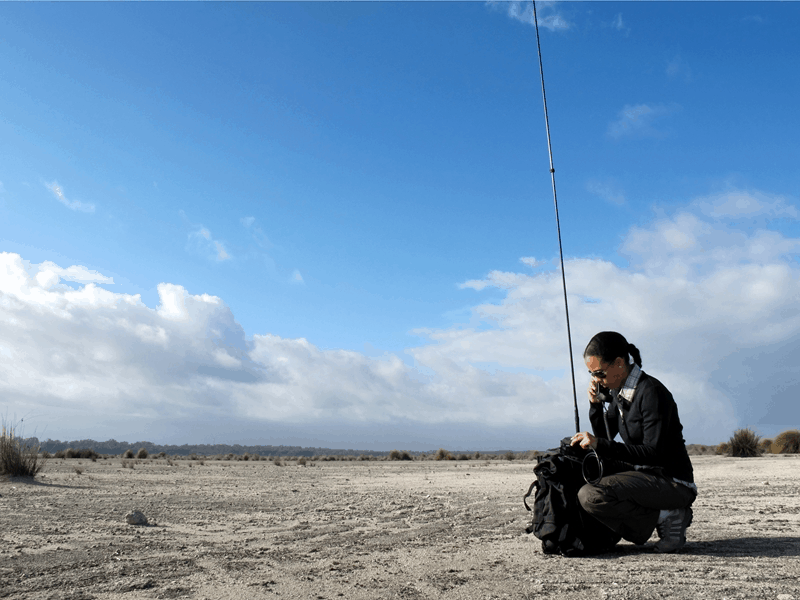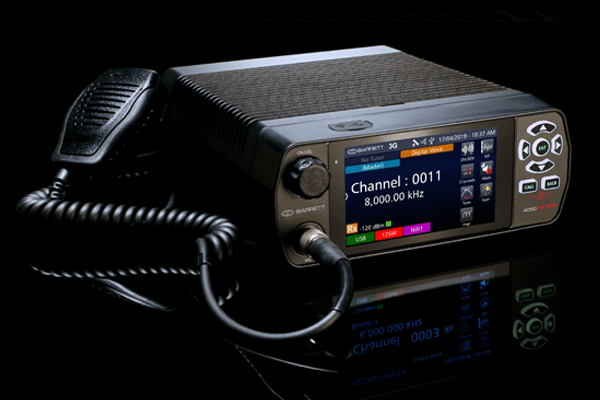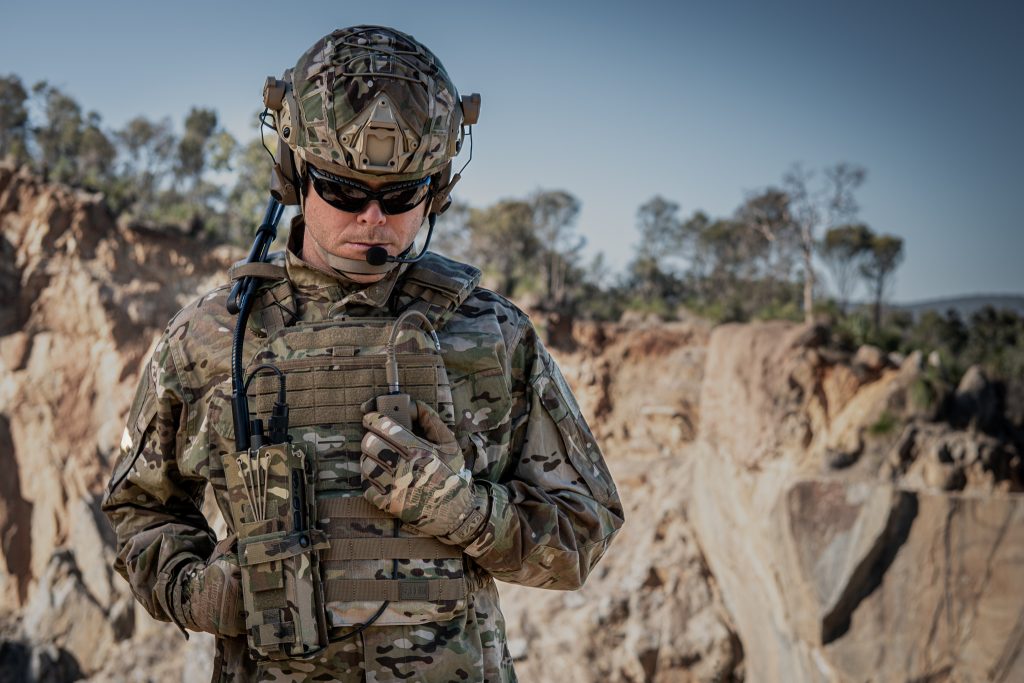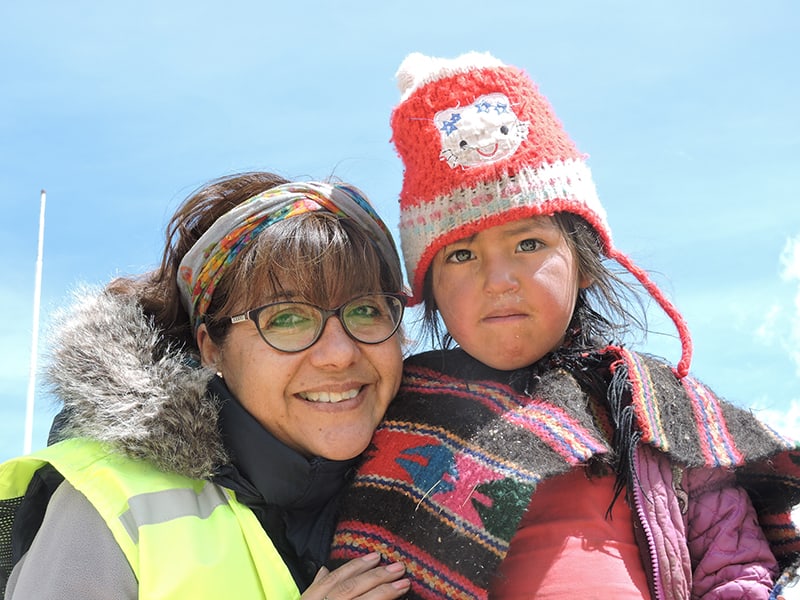4 Ways in Which Software-Defined HF Radio has Changed the Market
4 Ways in Which Software-Defined HF Radio has Changed the Market
For years, HF radio has been the go-to for NGOs, security organisations, peacekeeping and humanitarian efforts, commercial businesses and government institutions. It has been a reliable comms medium, and weathered many a change in the communications market. However, with the advent of the internet and satellite radio options, many thought HF radio might be on its way out.
They couldn’t have been more wrong. Instead, these advances simply bolstered the strength of HF, as new HF Software-Defined Radio (SDR) transceivers were developed to incorporate an entire new generation of technology. Software Defined HF radio has itself transformed a transforming market, providing even better and more reliable connectivity when and where it’s needed most.
1. Size and weight
The constant battle to slim and lighten radio equipment has seen goals realised by HF SDR transceivers. With newly developed hardware and software, the size and weight has been reduced over preceding models, providing increased bandwidth with a smaller footprint than ever.
This portability is vital for use in the field when ease and speed of movement can be critical to mission success. These more compact, powerful units can be utilised either as base stations or as vehicle-borne radios for ultimate coverage and ease of use in remote areas.
2. Internet access
These latest radios are designed to provide secure digital voice, email and data transfer and can be controlled and operated from anywhere with internet access, providing telephone quality communications over an HF network. It is important to note that internet access is only required on one end of the communication line. If, for example, the base station has internet access, the person in the field doesn’t require internet access to contact the station. The radios can also be controlled from various remote platforms providing they are Internet Protocol (IP) capable.
Imagine a handset “app” that can be installed on smartphones, tablets, laptops or PCs running iOS, Android or Windows. These devices can become radio handsets capable of full remote control of the radio, either locally using Wi-Fi, or from a remote location with IP connectivity.

The latest HF radios can send and receive email and data even in remote areas.
3. Digitised voice
Analogue signals transmitted over radio frequencies travel as smooth and continuous waves using an infinite tone range, but this has pitfalls. Multi-pathing or frequency overlap causes high background noise interference, which comes through as cross-channel static.
In contrast, the HF SDR setup delivers a more secure and higher quality audio experience, by using a vodocoder to transmit digitally sequenced tones representing the audio. On the receiving end, the signal is converted back. The reconstituted audio is immune to atmospheric distortion, and the sequenced tones are chosen for best possible transfer over the HF radio link.
This achieves dual goals clearer sound quality over even weak radio channels, and a level of security not available with analogue, due to the digital tones not being easily understandable.
4. User compatibility
Finally, the HF SDRs provide users the advantage of an intuitive interface that uses familiar processes. A touch screen, multi-lingual operator interface can resemble a smart phone, allowing even an inexperienced radio operator to quickly decipher how to deploy it. Icons and swiping patterns mimic usage of a mobile phone, and legacy radio controls are forward and backward compatible with multiple generations.
On the administrator side, remote access allows equipment settings and network configurations to be supported, and the entire software-defined radio setup swiftly becomes a standard piece of equipment that can be employed by any member of the team.
For more information on HF software-defined radio solutions, or if you’re looking for a reliable communications system to improve your operations, contact the Barrett Communications team today.







